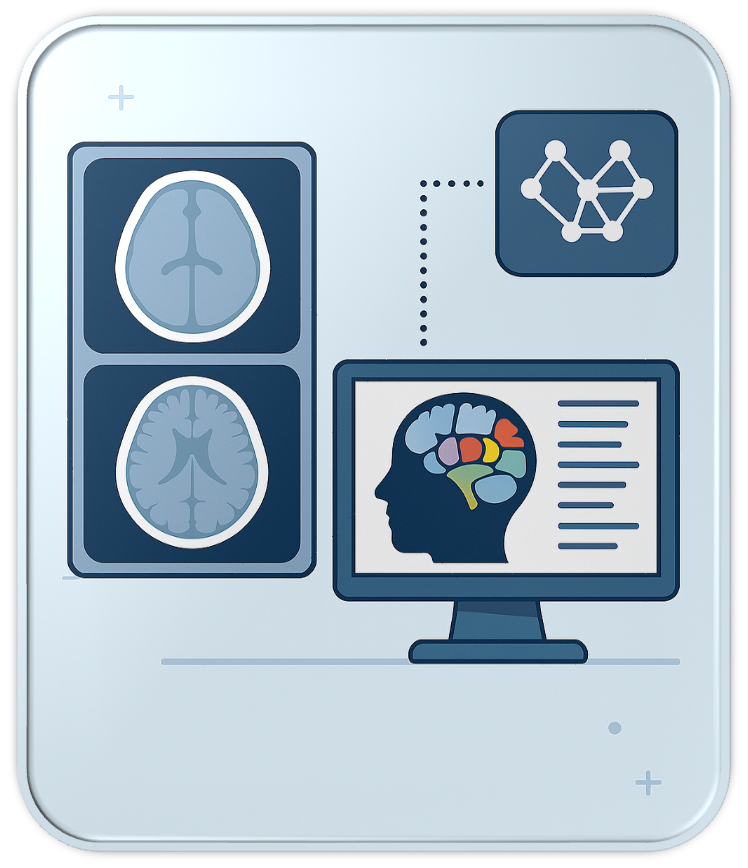Deep learning (nnUNet) model for the EPTN contouring guidelines for OARs in neuro-oncology

The European Particle Therapy Network (EPTN) has undertaken a major effort to harmonize OAR contouring practices in neuro-oncology. In 2018, EPTN published the first consensus-based guidelines for the delineation of 15 brain OARs (10.17195/candat.2017.08.1), expanded in 2021 to include 10 additional structures (10.17195/candat.2021.02.1). To aid adoption, EPTN also produced explanatory videos (10.17195/candat.2022.02.1), but the broad implementation of these guidelines remains limited due to the complexity and time-consuming contouring. In this context, deep learning (DL) offers a promising solution. Expert-trained DL models can encode complex anatomical knowledge and replicate expert-level contouring.
To this end, an nnUNet architecture has been trained and made public here. The model was trained using a 5-fold cross validation on 74 patients treated at Maastro Clinic, contoured according to the EPTN guidelines. The model receives as input a planning CT scan with intravenous iodine contrast, along with 3T MRI scan gadolinium-enhanced T1-weighted sequence. CT and MR image should be rigidly registered. The output of the model are the 25 OARs defined in the EPTN consensus guidelines.